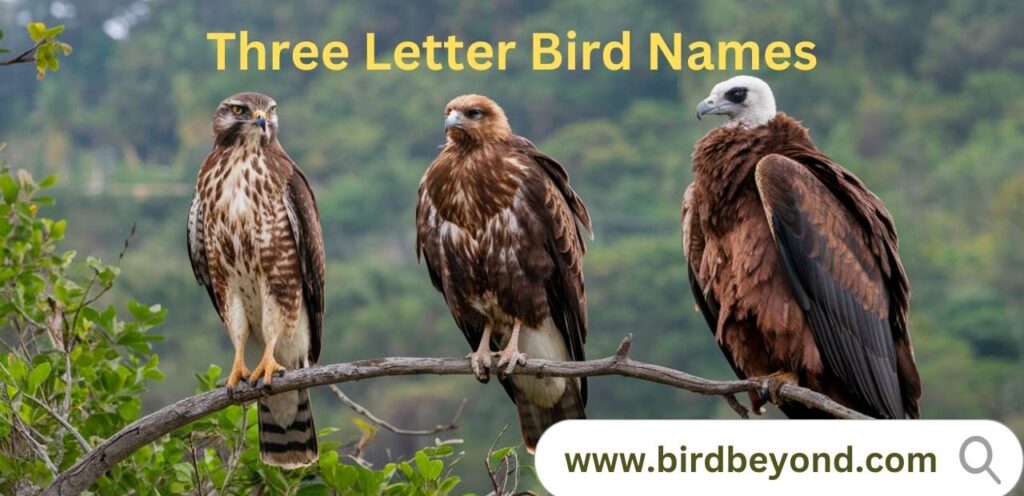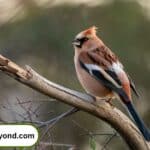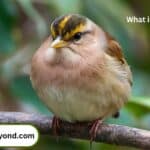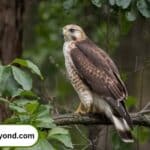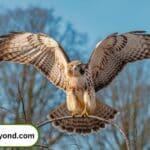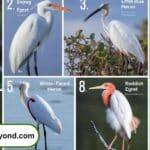In the vast realm of ornithology, three letter bird names stand out as concise yet captivating identifiers. These short monikers often belie the complexity and diversity of the avian species they represent. From the flightless emu to the intelligent kea, these birds with brief names have long stories to tell. Let’s embark on a journey through the world of three letter bird names, exploring their unique characteristics, habitats, and the challenges they face in our ever-changing environment.
The Allure of Avian Abbreviations
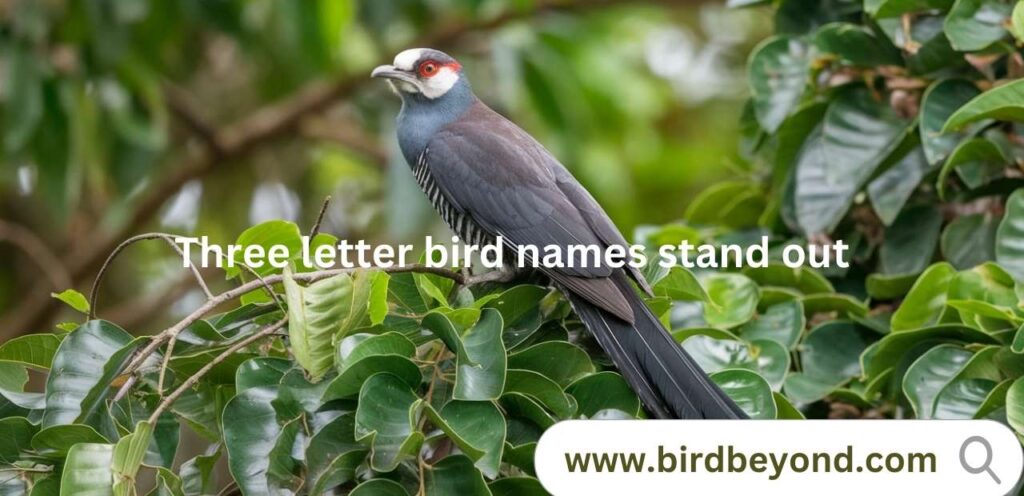
Bird enthusiasts and linguists alike find themselves drawn to the simplicity and elegance of three letter bird names. These brief identifiers often pack a punch, encapsulating the essence of a species in just a few characters. But why do some birds have such short names? The history of bird naming conventions is as diverse as the species themselves. Early naturalists often named birds based on their appearance, behavior, or habitat. As taxonomy evolved, scientific names became more standardized, but common names remained varied and sometimes quirky. Three letter bird names often emerged from colloquial usage or as shorthand for longer names.
“In the world of birding, brevity can be beautiful. Three letter bird names are like nature’s haikus – concise yet evocative.” – Dr. Avian Wordsmith, Ornithological Linguist
The ABCs of Three-Letter Birds
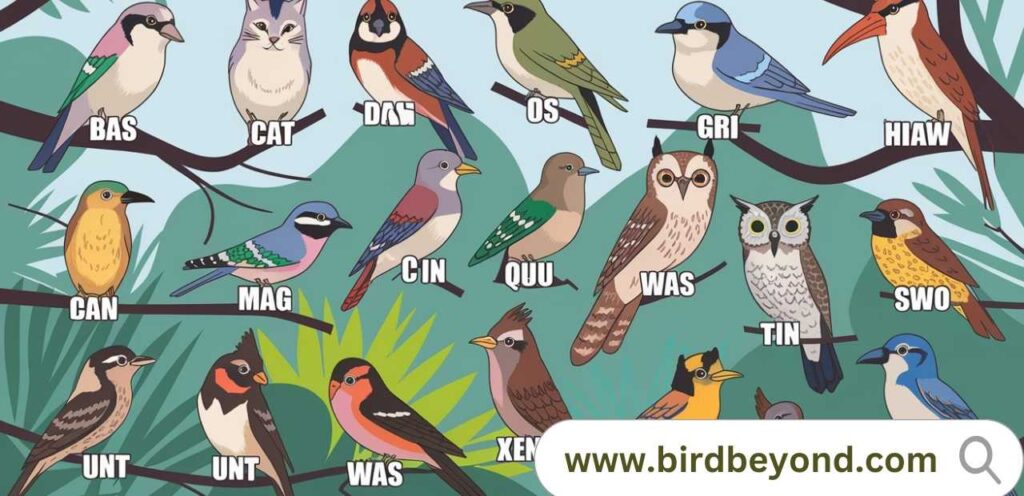
Emu: The Flightless Wonder
The emu (Dromaius novaehollandiae) is a iconic bird of Australia, standing tall as the second-largest bird in the world after the ostrich. This flightless wonder has adapted to life on the ground with powerful legs that can propel it at speeds up to 31 mph (50 km/h).
Key Emu Facts:
- Height: Up to 6.2 feet (1.9 meters)
- Weight: Up to 132 pounds (60 kg)
- Diet: Omnivorous, eating plants, insects, and small animals
- Lifespan: 10-20 years in the wild, up to 35 in captivity
Emus play a significant role in Australian culture, featuring on the country’s coat of arms and in Indigenous Dreamtime stories. Their resilience in harsh environments has made them a symbol of survival and adaptation.
Kea: New Zealand’s Alpine Parrot
The kea (Nestor notabilis) is a species of large parrot native to the alpine regions of New Zealand’s South Island. Known for their intelligence and curiosity, keas have been observed solving complex puzzles and using tools in the wild.
Kea Intelligence:
- Problem-solving abilities comparable to primates
- Social learning and cooperation among flock members
- Playful behavior, often manipulating objects for fun
- Adaptation to human environments, sometimes causing mischief
Despite their charm, keas face significant threats. Habitat loss, human conflict, and lead poisoning from old buildings have contributed to their vulnerable status. Conservation efforts are ongoing to protect these charismatic birds.
Owl: Nocturnal Hunters Across the Globe
The term “owl” encompasses a diverse group of nocturnal birds of prey. With over 200 species worldwide, owls have adapted to a wide range of habitats, from arctic tundra to tropical rainforests.
Owl Adaptations for Night Hunting:
- Large eyes with excellent low-light vision
- Asymmetrical ear placement for precise sound localization
- Silent flight due to specialized feather structure
- Flexible neck allowing for a 270-degree head rotation
Owls have long captured human imagination, featuring prominently in folklore and mythology across cultures. From symbols of wisdom to harbingers of doom, these three letter birds have left an indelible mark on human consciousness.
Coastal Flyers
Tern: Masters of Long-Distance Migration
Terns are seabirds renowned for their incredible migratory journeys. The Arctic Tern (Sterna paradisaea) holds the record for the longest annual migration of any bird, traveling from its Arctic breeding grounds to the Antarctic and back each year.
Arctic Tern Migration:
- Distance: Up to 44,000 miles (70,800 km) round trip
- Duration: 3-4 months each way
- Lifespan: Up to 30 years, potentially flying over 1.5 million miles in a lifetime
Terns are also known for their unique fishing techniques. They hover above the water’s surface before plunge-diving to catch fish, showcasing remarkable precision and agility.
Auk: Underwater Acrobats of the North
Auks are a family of seabirds adapted for “flying” underwater to catch fish. While the Great Auk (Pinguinus impennis) went extinct in the mid-19th century, several smaller auk species continue to thrive in northern waters.
Living Auk Species:
- Puffins
- Guillemots
- Murres
- Razorbills
Auks have evolved remarkable adaptations for their aquatic lifestyle:
- Dense, waterproof feathers
- Webbed feet positioned far back on the body for efficient swimming
- Wings adapted for both flying and underwater propulsion
Backyard Visitors
Jay: Colorful Forest Communicators
Jays are members of the corvid family, known for their intelligence and striking plumage. These birds play crucial roles in forest ecosystems as seed dispersers, helping to regenerate tree species by burying acorns and other nuts.
Jay Species Around the World:
- Blue Jay (North America)
- Eurasian Jay (Europe and Asia)
- Green Jay (Central and South America)
- Steller’s Jay (Western North America)
Jays are also skilled vocal mimics, able to imitate the calls of other birds and even human-made sounds. This ability aids in communication within their social groups and may help deter predators.
Wren: Tiny Singers with Big Personalities
Wrens are small, brown birds known for their loud and complex songs. Despite their diminutive size, wrens exhibit remarkable nest-building abilities, often constructing elaborate domed structures.
Wren Nesting Behavior:
- Males build multiple “dummy” nests to attract females
- Nests can be found in diverse locations, from tree cavities to abandoned shoes
- Some species, like the Cactus Wren, build nests that can last for years with maintenance
Wrens feature prominently in folklore across cultures. In European traditions, they’re often associated with wisdom and diligence, while in some Native American stories, wrens are portrayed as clever tricksters.
Exotically Encounters
Kiwi: New Zealand’s Quirky National Symbol
The kiwi (genus Apteryx) is a flightless bird endemic to New Zealand, known for its unusual appearance and behavior. These nocturnal birds have several unique characteristics that set them apart from other avian species.
Kiwi Quirks:
- Nostrils at the tip of their long beak, used to sniff out food
- Feathers that resemble fur more than typical bird plumage
- Largest egg-to-body size ratio of any bird (up to 20% of the female’s weight)
- Strong, muscular legs but tiny vestigial wings
Conservation efforts for kiwi species are crucial, as they face threats from introduced predators and habitat loss. Initiatives like predator-free islands and community-led protection programs are helping to stabilize and recover kiwi populations.
Boa: The Avian Namesake of a Reptile
While “boa” is commonly associated with large snakes, it’s also the name of a genus of fruit doves found in Southeast Asia and Oceania. These colorful birds are a reminder of the diverse and sometimes surprising world of three letter bird names.
Boa Fruit Dove Facts:
- Scientific name: Ptilinopus
- Diet: Primarily fruits, especially figs
- Habitat: Tropical and subtropical forests
- Notable feature: Vibrant plumage, often with green, purple, and yellow hues
Conservation Spotlight
Many three letter bird species face significant challenges in the modern world. Habitat loss, climate change, and human activities threaten populations across the globe. However, conservation efforts have shown promise for several species.
Conservation Success Stories:
- California Condor: Brought back from the brink of extinction through captive breeding programs
- Kirtland’s Warbler: Population recovery through habitat management and cowbird control
- Kakapo: Intensive management has increased numbers of this critically endangered parrot
Readers can contribute to bird conservation efforts through various means:
- Supporting wildlife organizations
- Participating in citizen science projects
- Creating bird-friendly spaces in their own backyards
- Advocating for policies that protect bird habitats
The Art of Birding: Spotting Three-Letter Wonders
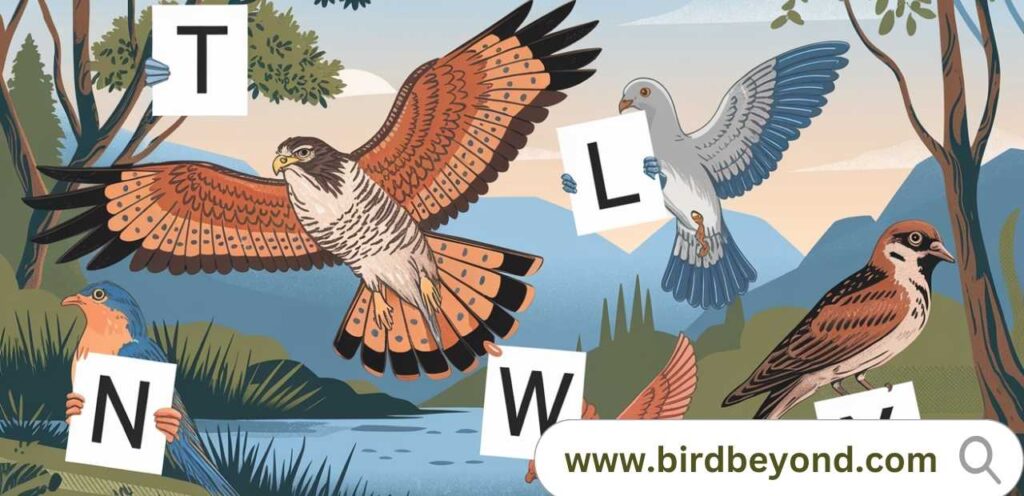
For those inspired to seek out these fascinating birds, here are some tips for identifying three letter bird species in the wild:
- Learn bird calls and songs
- Observe behavior and flight patterns
- Note habitat preferences
- Use field guides or birding apps for reference
- Join local birding groups for expert guidance
Global Hotspots for Three-Letter Bird Sightings:
- New Zealand: Kiwi, Kea, Tui
- Australia: Emu, Moa (extinct, but historically significant)
- Arctic regions: Auk species, Arctic Tern
- Tropical forests: Various Jay species, Boa fruit doves
- North American backyards: Wren, Jay, Owl species
The Big Impact of Little Names
The world of three letter bird names is a testament to the incredible diversity of avian life on our planet. From the flightless emu to the globe-trotting tern, these species with concise monikers have adapted to a wide range of environments and challenges. As we’ve explored, these birds play crucial roles in their ecosystems and have captured human imagination for centuries. By understanding and appreciating the complexity behind these simple names, we gain a deeper connection to the natural world around us. Whether you’re a seasoned birder or simply curious about the feathered creatures in your backyard, the realm of three letter birds offers endless opportunities for discovery and wonder.
As we face global challenges like climate change and habitat loss, the fate of many bird species hangs in the balance. By raising awareness and taking action to protect these remarkable creatures, we can ensure that future generations will continue to marvel at the emu’s resilience, the kea’s intelligence, and the kiwi’s charming oddity.
FAQs about Three Letter Bird Names
What are some common three-letter bird names?
Some common three-letter bird names include Ara, Auk, Emu, Hen, Jay, Kea, Mao, Owl, Tit, Tui, and Uhu. These birds come from various regions across the globe and have unique characteristics.
Are three-letter bird names useful for crossword puzzles?
Yes, three-letter bird names like Owl, Jay, and Emu are commonly used in crossword puzzles due to their simplicity and easy fit into smaller word grids.
Do three-letter bird names include only small birds?
No, not all three-letter bird names refer to small birds. For example, the Emu and the Uhu (Eurasian Eagle-Owl) are larger species, whereas the Tit and Jay are smaller.
What are some unique three-letter bird names from around the world?
Unique three-letter bird names from around the world include Kea, a parrot native to New Zealand, Mao, a bird from Samoa, and Ara, a colorful parrot from Central and South America.
Can you find three-letter bird names in different habitats?
Yes, three-letter bird species are found in diverse habitats. For example, the Auk is a seabird, the Emu roams the Australian plains, and the Owl can be found in forests and woodlands worldwide.

William Henry is a distinguished blogger with a flair for avian storytelling. With a wealth of experience, he delivers captivating insights and expert knowledge to Bird Beyond. William’s passion for birds and his engaging writing style make him a standout voice in the birdwatching community, offering readers both valuable information and delightful narratives.

